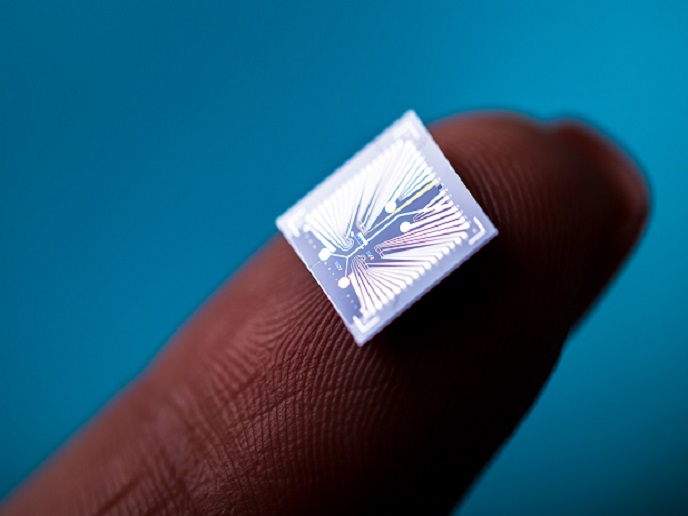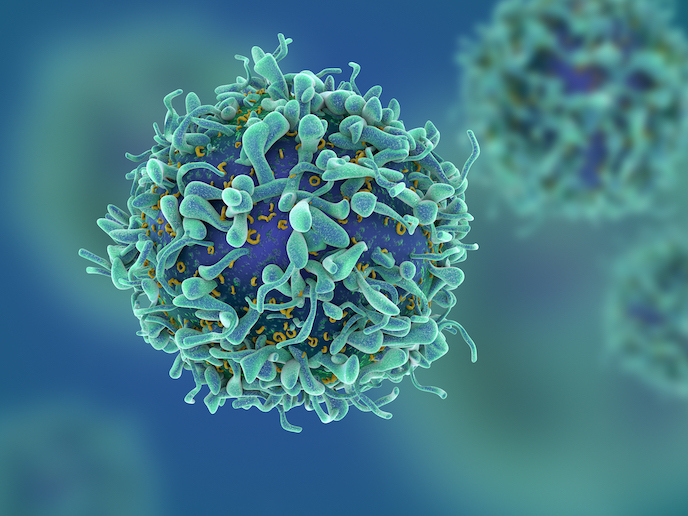Sweat reveals secrets about your chemistry
High costs and extensive timelines hinder technological progress in drug development. The healthcare industry is continually searching for ways to cut these exorbitant overheads. Currently, wearables used in clinical trials are limited to measuring physical parameters such as activity. The Lab-on-Skin initiative has revolutionised the role of smart wearables in pharma development and extended their repertoire to biochemical signatures that are directly relevant to drug testing, biomarkers. “The Xsensio Lab-on-SkinTM sensing platform is highly versatile and can be applied to a wide range of applications, in wellness and also in the medical field,” outlines Esmeralda Megally, CEO and founder of Xsensio SA, Lab-on-Skin project coordinator. Medical applications identified Interest in Xsensio’s Lab-on-SkinTM solution is high in the pharma medical sector. The goal of the SME Instrument Phase 1 feasibility study was to define the most promising applications in the medical space that would open up a large spectrum of opportunities for the future. The Lab-on-Skin grant enabled Xsensio to conduct a fruitful feasibility analysis of end-user requirements in the medical arena. First, the researchers screened all potential medical applications that could benefit from the Lab-on-SkinTM sensing platform. These were then ranked according to various criteria, leading to the selection of six of the most promising medical applications. Following up on this, an analysis of the regulatory landscape identified regulatory pathways involved in business-to-business (B2B) commercialisation in the EU and the United States. Nanoscale operation “Our company is really at the crossroads of highly diverse fields: nanotechnologies for the development of highly miniaturised sensors, biochemistry for the functionalisation of these biosensors to render them ultra-sensitive to a wide range of biomarkers, and microfluidics for the complex skin interface,” explains Megally. Compared to conventional sensors used by competitors in the sweat sensing field, operation is in the nanometre scale rather than millimetre or centimetre. This means that sensing of multi-parametrics in wearable format is feasible – as extremely thin skin patches, and, in the future, as a plug-in module to be integrated in wearable products. As the sensors are fundamentally more sensitive, they may reach concentration levels up to 10 000 times smaller than conventional electrochemical sensors for instance. This technology is therefore able to target a much wider spectrum of sweat components and detect very small changes early on. Moreover, activation of the sensor requires only a trace of sweat, a few nanolitres or a millionth of a millilitre! Consumer demand and regulations for commercialisation The sensing chip will be configured according to the specific needs of clients. “Next-generation wearables will be capable of rapidly identifying slight changes in health by including biochemical sensors that provide continuous monitoring to offer more personalised healthcare solutions,” says Megally. Implementation of the B2B strategy to sell its sensing chip to pharma players has revealed that they are interested in providing their customers with previously unavailable personal data. “We have recently struck a co-development partnership with one of the largest biopharma companies in the world, to extend our proprietary Lab-on-SkinTM sensing platform to new applications in the companion diagnostics market,” emphasises Megally. Following evaluation by an international panel of independent experts, the Lab-on-Skin wearable device was awarded a Seal of Excellence from the H2020 Framework Programme. “Scored as a high-quality project proposal in a highly competitive evaluation process, the sensing platform is recommended for funding by other sources, a highly important factor in the future development of our device,” Megally concludes.
Keywords
Lab-on-Skin, wearable, sensor, sweat, Xsensio, sensing platform, pharma, biomarker







